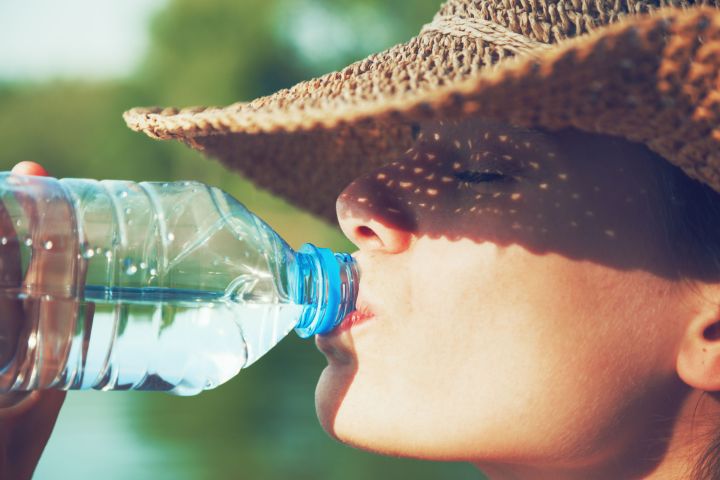
It’s all contingent upon solar energy, which means that this technology could be useful in a number of under-resourced areas. To treat the urine, the scientists use the energy of the sun to power membrane distillation, which the team says “holds possible advantages over existing urine treatment technologies.”
In a paper detailing their study, the scientists wrote, “The possibility of potable water production was investigated in human urine by assessing the permeate water quality, maximum recovery and mid-term process stability. It was shown that at least 75 percent of the available water could be recovered from non-hydrolyzed human urine without process failure. As such, membrane distillation is a viable alternative for existing urine treatment.”
Membrane distillation, the Belgian researchers said, is particularly useful because it is particularly energy-efficient. “We’re able to recover fertilizer and drinking water from urine using just a simple process and solar energy,” University of Ghent researcher Sebastiaan Derese told Reuters.
To test the viability of the new technology, the team set up their purifying machine at a 10-day festival in Ghent, Belgium, whereupon it collected 1,000 liters of water from attendees’ urine. And what did they do with that water? They turned it into beer. “We call it from sewer to brewer,” Derese said. I mean, they kind of look alike anyway, right?
Ultimately, the scientists hope that their urine-purifying machine can be placed in various frequently-visited public spaces, or better still, in developing nations where there remains a dire need for clean drinking water. So if you’re up to #peeforscience, this just may be the best invention of all time.


